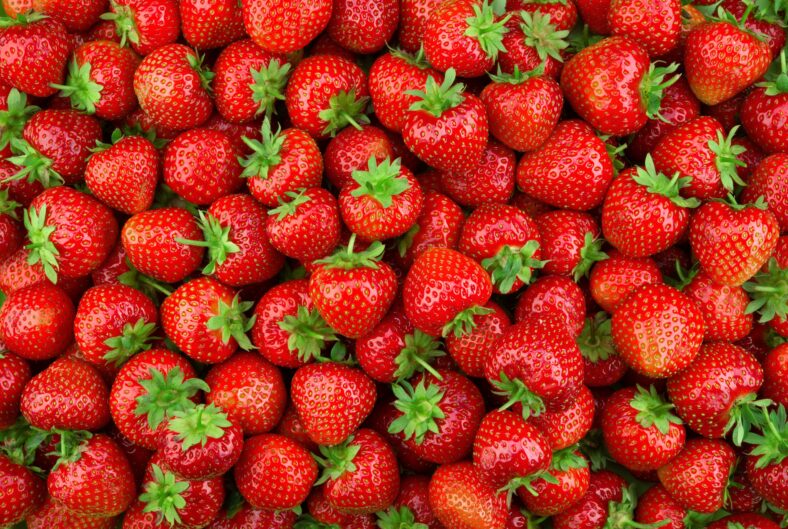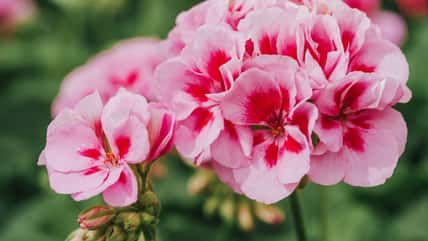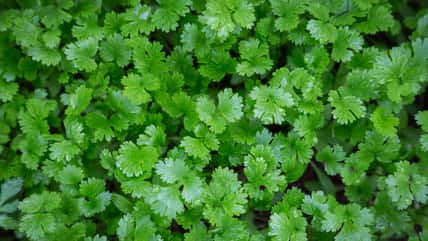Your Guide To Growing Strawberries In Your House

Imagine plucking a juicy red strawberry straight from your windowsill, where there are no bugs and no critters to fight for your snack.
You can grow strawberries indoors—it’s totally doable and way less of a hassle than an outdoor garden. It also means you can harvest the fruit year-round.
Indoor strawberry plants may not produce as much fruit as outdoor ones, but you can still grow a decent-sized crop for snacking purposes.
You’ll need a sunny spot, some patience, and a plant that is ready to thrive. Follow these instructions, and you’ll be enjoying delicious berries in no time!
How To Care For Strawberries Indoors
First, choose pots with ample space. Containers that are about eight inches deep by 12 inches wide provide enough space for three strawberry plants.
For a single strawberry plant, you can use a six or eight-inch container. The pots should also have drainage holes at the bottom.
Next, select the right varieties of strawberries. There are certain varieties that grow better in an indoor environment.
Day-neutral strawberry plants like Albion and Florida Beauty work best for indoor gardens. They can produce fruit anytime during the season. The berries might be smaller, but their flavor is bright and tasty.

Sign up for Chip Chick’s newsletter and get stories like this delivered to your inbox.
You can begin planting strawberries indoors at any time of the year since you’re not dependent on outdoor weather conditions.
Plant them so their crowns are at the soil line but not covered with soil. Select a quality, well-draining potting mix that is rich in nutrients.
It is imperative that your plants receive enough light throughout the year. Keep them in a sunny, south-facing window that gets at least six to eight hours of sun daily.
Grow lights left on for 12 to 16 hours per day are suitable as well. Natural sunlight might not be sufficient, and you’ll need the grow lights to supplement it.
Don’t forget to rotate the plants on a regular basis to prevent them from stretching unevenly toward the light. You can mix compost or slow-release fertilizer to the potting mix to boost their growth.
During the growing season, follow up with an organic liquid fertilizer each month. Fertilize once every two weeks after flowers appear.
Strawberries need to be watered regularly, but be careful not to overdo it. They should be watered at least once a week or when the top inch of the soil feels dry.
The best times to water strawberries are morning or early afternoon. Water the plants from the bottom so the leaves don’t get wet.
What To Know About Hand-Pollinating Strawberries
Since there are no bees and insects indoors, your strawberry plants must be hand-pollinated in order to produce berries. Use a tiny paintbrush or a cotton swab to dab pollen from the outer stamens to the center of the blossom.
Once they’re established, indoor strawberry plants grow quickly but will take longer to produce berries than outdoor plants. Live plants fruit about two to three months after planting, but plants grown from seeds won’t fruit until their second year.
More About:Gardening





